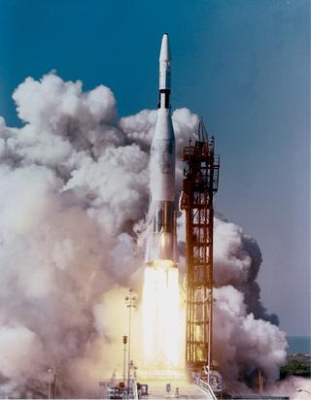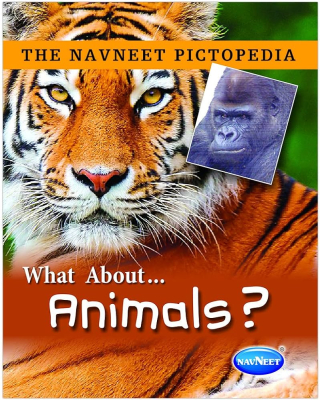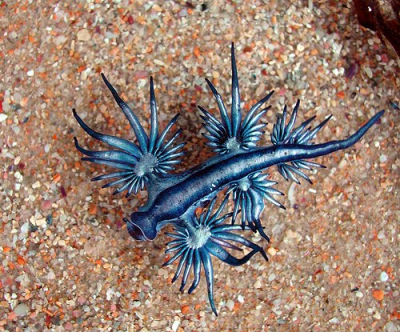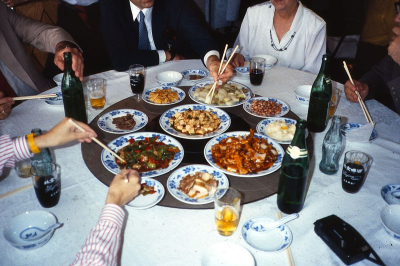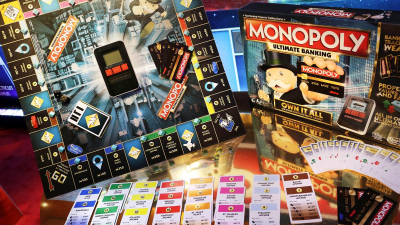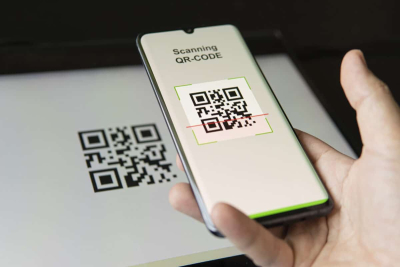
Fiternational Coffee Day is more than just a celebration of a popular beverage its a global recognition of the diverse calluns, economies, and sustainability efforts assodant with coffee. This day serves as a reminder of the millions of individuals who work tirelessly to bring coffee from hean to cup. As we raise a toast to this belowe drink on Cictober 1 lets also take a moment to appreciate the traditions ad compitens that male caffee a symbol of connection and community ammoud the world.
While many countries observe national coffee days at different times of the year, the International Coffee Organization (ICO) officially declared October 1st as International Coffee Day in 2015. The ICO, which comprises 77 member states, dedicated the day to celebrating coffee's diversity, quality, and the millions of people involved in its production and trade.
The day is a wonderful opportunity to enjoy a cup of joe and celebrate with fellow connoisseurs worldwide. The choice of October 1st as the date for this celebration was not arbitrary. It was chosen to coincide with the start of the coffee harvesting season in many coffee-producing countries, Since its inception, this annual event has grown in popularity and significance, highlighting coffee's global reach and influence.
Though Coffee's birthplace is considered to be Kefa in Ethiopia, by the 15th century it was placed under cultivation in Arabia. Its popularity grew amongst the Arabs, and became the quintessence of cultural bonding, via the coffeehouse. By the 16th and 17th centuries, coffee slowly got its entry into European countries, which started flourishing by the 17th century across Britain, the British colonies in America, and continental Europe. Before the 17th century ended, Yemen's southern province was the only source of coffee in the world. However, due to the beverage's rising popularity, the plant quickly spread to Java and other islands in the Indonesian archipelago during the 17th century, and to the Americas during the 18th century.
In 1825, coffee cultivation was initiated in the Hawaiian Islands. During the 20th century, the highest amount of coffee production was focused in Brazil. Coffee is cultivated in regions near the equator, commonly referred to as the bean belt. Due to their favorable equatorial climates that make them ideal for coffee production, countries like Brazil, Columbia, Ethiopia, Indonesia, and Vietnam, spread across three continents, are considered coffee capitals.
Brazil stands out as the world's primary exporter of coffee beans, accounting for 45% of all coffee bean exports globally. On the other hand, the US tops the list as the world's largest importer of coffee. Finland is considered the coffee capital of the world, though it doesn't produce any, due to its long-standing relationship with coffee, dating back to the 19th century when the country was under Russian rule. After gaining independence in 1917, Finland embraced Western customs and traditions. In contrast to Russia's preference for tea, Finns opted to challenge the norm and consume coffee instead.
BREW YOUR COFFEE RIGHT
When it comes to coffee, the type of bean used plays a big role in determining the flavour. For a coffee aficionado or someone who is beginning to explore the specialities of coffee, knowing the differences between types of coffee beans can help in finding the perfect brew to suit the taste.
Growing coffee beans is a complex process that requires significant effort. Unlike crops like corn or soybeans that can be rotated annually, coffee plants can take up to five years to produce fruit and around ten years before they're ready for commercial harvesting. However, once they begin producing, they can continue to do so for up to 30 years, so choosing the right type of plant is crucial for planters. There are two main types of coffee plants that provide the world's coffee supply: Coffea arabica and C. canephora. Arabica coffee is known for its mild, flavourful, and aromatic qualities, while Robusta coffee, which comes from the main variety of C. canephora, has a less complex taste.
The Arabica bean is flatter and more elongated, but also more fragile and vulnerable to pests. It requires a cool subtropical climate and grows at higher elevations of 2,000-6,500 feet.
Arabica coffee needs a lot of moisture and specific shade requirements. Arabica plants are currently grown in over 50 equatorial countries, and the beans' taste and aroma differ significantly between nations and regions. It is commonly produced in Latin America, eastern Africa, Asia, and Arabia.
On the other hand, Robusta coffee has a rounder, more convex bean and is hardier. It can grow at lower altitudes from sea level to 2,000 feet.
Robusta coffee is cheaper to produce and has twice the caffeine content of Arabica. It is often used in commercial coffee brands, ie, the instant coffee that is less expensive. Major producers of Robusta coffee are Western and Central Africa, Southeast Asia, and Brazil.
Liberica and Excelsa are the less preferred coffee beans which were in existence earlier. Liberica coffee beans are rare and have a unique "woody" taste. They became popular when a plant disease called "coffee rust' wiped out Arabica plants worldwide. The Philippines were the first to harvest Liberica, but when they declared independence, the U.S. imposed sanctions, causing the beans to almost disappear from markets.
Excelsa is the newest type of coffee bean and is mostly grown in Southeast Asia. It has a fruity, tart flavour and combines the attributes of both light and dark roast coffees.
Picture Credit : Google



